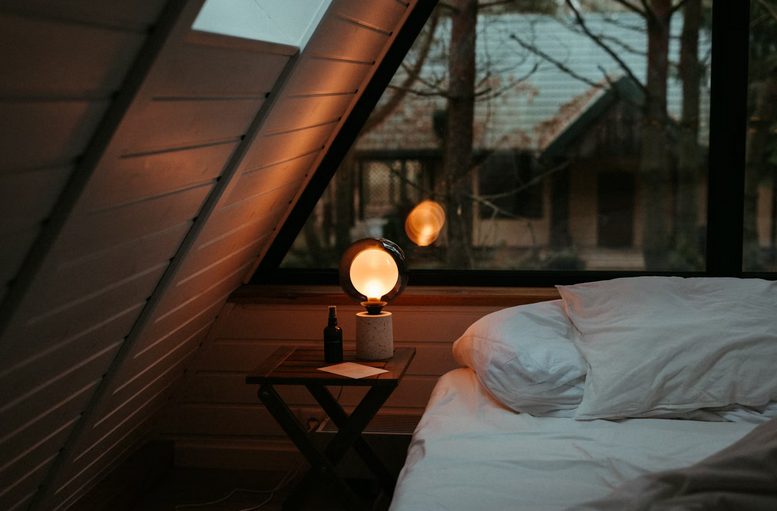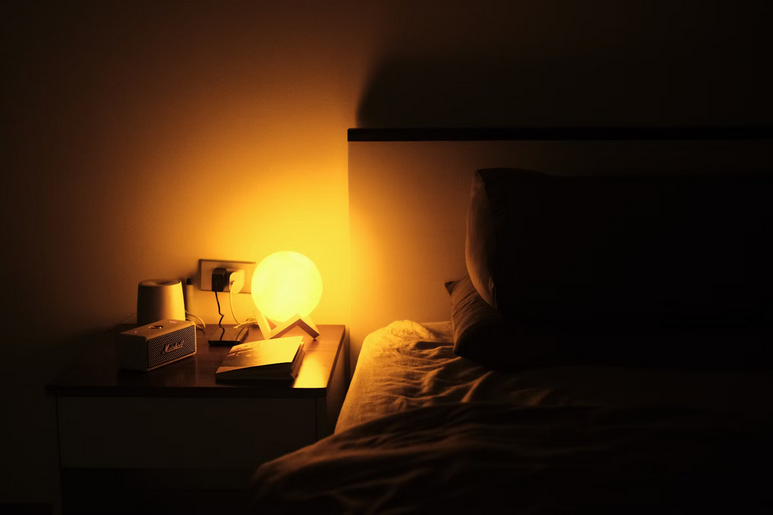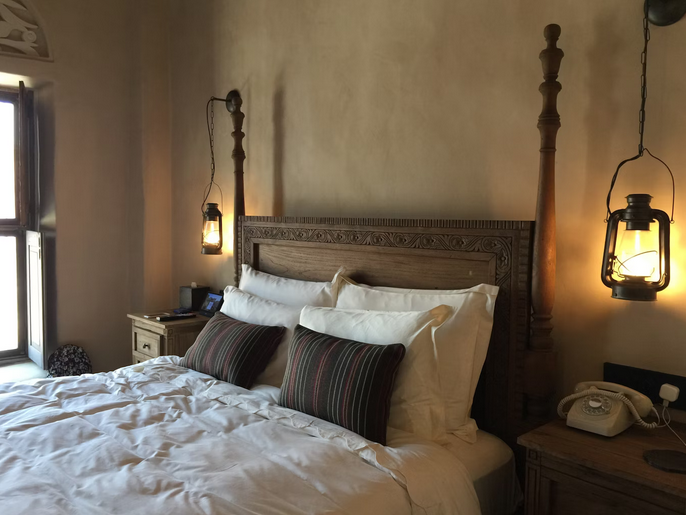Creating a Relaxing Atmosphere With Bedroom Lighting: Tips and Techniques
Your bedroom is more than just a place to sleep. It’s a sanctuary where you can unwind, relax, and recharge. The ambiance of your bedroom plays a significant role in creating a tranquil and inviting atmosphere conducive to rest and rejuvenation. In this article, we’ll explore various tips and techniques from the top lighting manufacturers to create a calming and relaxing environment.
Understanding the Importance of Bedroom Lighting

The right lighting can transform the mood and feel of your bedroom, turning it into a cozy retreat that promotes relaxation and well-being. Properly balanced lighting can enhance comfort, reduce stress, and improve sleep quality. By incorporating thoughtful lighting design and techniques, you can achieve a harmonious and soothing ambiance in your bedroom.
Layered Lighting Approach
A key principle in bedroom lighting design is the use of a layered lighting approach, which involves combining different types of lighting to create depth, functionality, and ambiance. The three primary layers of bedroom lighting are:
- Ambient Lighting: Also known as general lighting, ambient lighting provides overall illumination to the entire room. Ceiling-mounted fixtures, recessed lights, or pendant lights can serve as ambient lighting sources, creating a soft and uniform glow that sets the mood for relaxation.
- Task Lighting: Task lighting is focused lighting designed for specific activities such as reading, dressing, or working at a desk. Bedside table lamps, wall-mounted sconces, or adjustable floor lamps can provide targeted illumination for tasks without overwhelming the room with brightness.
- Accent Lighting: Accent lighting adds depth and visual interest by highlighting architectural features, artwork, or decorative elements in the bedroom. LED strip lights, recessed spotlights, or picture lights can be used to create a focal point and add a touch of warmth and ambiance.
Considering Color Temperature and Dimming
The color temperature of lighting plays a crucial role in setting the mood in your bedroom. Cooler color temperatures (e.g., daylight or cool white) can promote alertness and focus, while warmer color temperatures (e.g., soft white or warm white) create a cozy and relaxing atmosphere. Choose lighting fixtures with adjustable color temperature settings, or use dimmable bulbs to customize the lighting intensity and warmth according to your preferences.
Opting for Soft and Diffused Light

Opt for lighting fixtures that emit soft and diffused light to create a soothing and inviting atmosphere. Frosted glass shades, fabric lampshades, or indirect lighting methods such as wall washers or cove lighting can help soften harsh light and create a gentle, relaxing glow. Soft lighting is especially beneficial in the evening hours, signaling to your body that it’s time to unwind and prepare for sleep.
Incorporating Natural Elements
Integrate natural elements into your bedroom lighting design to enhance relaxation and connection with nature. Consider using daylight-mimicking bulbs or circadian rhythm lighting systems that adjust color temperature throughout the day to align with natural light patterns. Additionally, position lighting fixtures near windows or incorporate light-filtering window treatments to maximize natural light during the day and create a seamless transition between natural and artificial lighting.
By incorporating these tips and techniques for bedroom lighting, you can transform your bedroom into a peaceful oasis where you can unwind, relax, and enjoy restful nights of sleep. Experiment with different lighting combinations, adjust lighting settings to match your activities and moods and create a soothing ambiance that promotes well-being …


